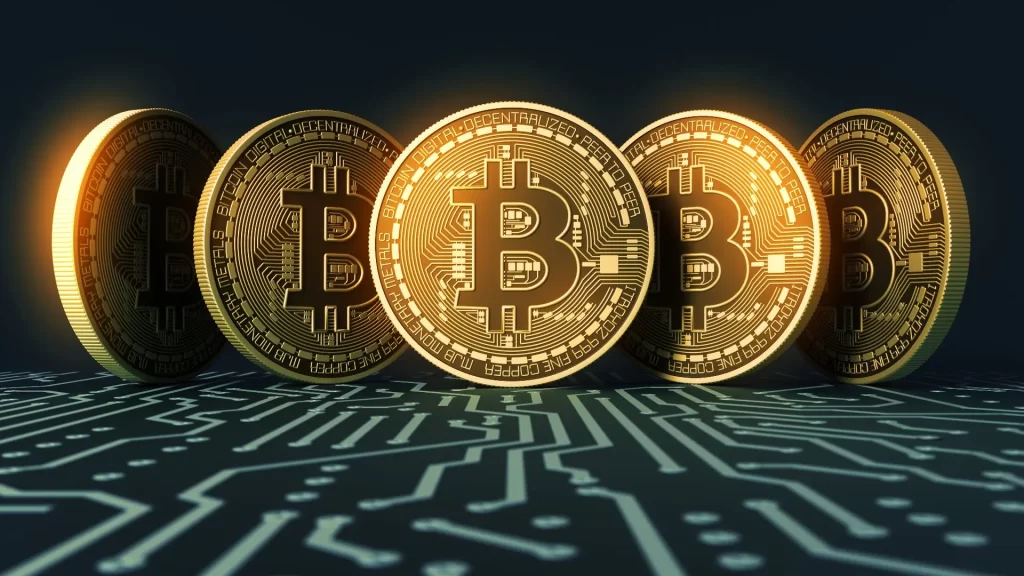In the tumultuous landscape of cryptocurrency, stablecoins have emerged as a beacon of stability, providing a haven for investors seeking refuge from the inherent volatility of digital assets. As the broader crypto market oscillates with dramatic price swings, the demand for stablecoins has surged, highlighting their critical role in the evolving financial ecosystem. Stablecoins are a unique category of cryptocurrencies designed to maintain a stable value relative to a specified asset, often a fiat currency like the US dollar. The most prominent stablecoins, such as Tether USDT, USD Coin USDC, and Binance USD BUSD, are pegged to the dollar, ensuring that each token retains a value close to $1. This stability is achieved through various mechanisms, including asset backing, algorithmic adjustments, and hybrid approaches. The primary allure of stablecoins lies in their ability to combine the benefits of blockchain technology with the stability of traditional currencies.
 For investors, this means they can enjoy the security, transparency, and efficiency of cryptocurrency transactions without being exposed to the extreme volatility that characterizes assets like Bitcoin and Ethereum. This attribute makes stablecoins particularly attractive during periods of market uncertainty. For instance, during the market downturns that have periodically shaken the crypto world, investors have flocked to stablecoins as a safe harbor. By converting volatile assets into stablecoins, they can protect their portfolios from sharp declines in value. This behavior was notably observed during the market corrections in 2021 and 2022, when stablecoin trading volumes spiked as investors sought to preserve their capital. Moreover, top cryptocurrencies stablecoins play a pivotal role in the broader adoption of cryptocurrencies. They facilitate easier entry and exit points for investors moving between fiat currencies and digital assets. For example, using stablecoins, investors can quickly and efficiently move funds into and out of the crypto market without the delays and fees associated with traditional banking systems. This seamless convertibility enhances liquidity and enables smoother trading experiences across various exchanges.
For investors, this means they can enjoy the security, transparency, and efficiency of cryptocurrency transactions without being exposed to the extreme volatility that characterizes assets like Bitcoin and Ethereum. This attribute makes stablecoins particularly attractive during periods of market uncertainty. For instance, during the market downturns that have periodically shaken the crypto world, investors have flocked to stablecoins as a safe harbor. By converting volatile assets into stablecoins, they can protect their portfolios from sharp declines in value. This behavior was notably observed during the market corrections in 2021 and 2022, when stablecoin trading volumes spiked as investors sought to preserve their capital. Moreover, top cryptocurrencies stablecoins play a pivotal role in the broader adoption of cryptocurrencies. They facilitate easier entry and exit points for investors moving between fiat currencies and digital assets. For example, using stablecoins, investors can quickly and efficiently move funds into and out of the crypto market without the delays and fees associated with traditional banking systems. This seamless convertibility enhances liquidity and enables smoother trading experiences across various exchanges.
In addition to serving as a refuge during volatile times, stablecoins are increasingly used in decentralized finance DeFi applications. In DeFi ecosystems, stablecoins act as a reliable medium of exchange, collateral for loans, and a store of value for earning yields through staking and liquidity provision. Their integration into DeFi protocols has propelled the growth of decentralized financial services, making them accessible to a broader audience. However, the rise of stablecoins is not without challenges and scrutiny. Regulatory bodies worldwide are closely monitoring stablecoin issuers to ensure transparency, adequate reserves, and compliance with financial regulations. Concerns about the potential systemic risks posed by large-scale stablecoin adoption have prompted calls for more robust regulatory frameworks to safeguard investors and maintain market integrity. Stablecoins have carved out a vital niche in the cryptocurrency market as a stable and reliable alternative amidst volatility. Their unique ability to provide stability while leveraging the advantages of blockchain technology makes them indispensable for both seasoned investors and newcomers.
